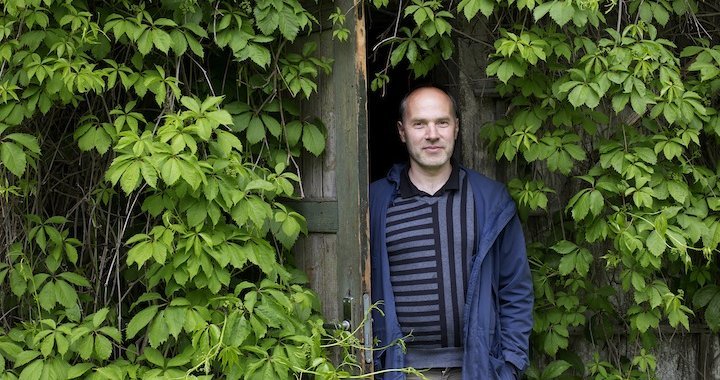
The Non-traditional Art and Music Festival “Skan II”, in Riga
Agita Salmiņa
10/06/2014
The non-traditional art and music festival “Skan II” (Latvian for “to sound”) will transform the Latvian University Botanical Gardens, the Kalnciema iela Gallery and the fragile wooden manor-houses of Pārdaugava (Riga's left bank) into exhibition spaces. Since May 31 the first two venues have been hosting the festival's first part, and the second and third parts – taking place in July and August – will see a different set of works exhibited in the 18th-century Hartmaņa, Hāmaņa and Švarca Manor-Houses.
“Skan” was first held in 2007, in the “Chicory and Macaroni Factory” by Arkādijas Park, and was the Baltics' first international sound-art exhibition. This year's central venue is the Botanical Gardens on Riga's left bank, which were established more than 90 years ago. Untamed music will overtake the Gardens' whole territory, including the orangeries, the Palm House, the herbarium, the ponds, and the Wolfschmidt Estate – a wooden manor-house built in the classical style with Ionic columns; it was the summer house of A. Wolfshmidt, the Royal Dutch Consul in Riga and one-time owner of the land on which the Botanical Gardens now stand. Viestarts Gailītis, organizer of both “Skan II” and the well-established adventurous music festival “Skaņu Mežs” (“Forest of Sound”), chose these venues because he wanted to draw attention to the wooden architecture of Riga, and in the following interview he tells Arterritory.com how challenging and exciting it is to both research these historical sites and adapt them to the exhibition of art.
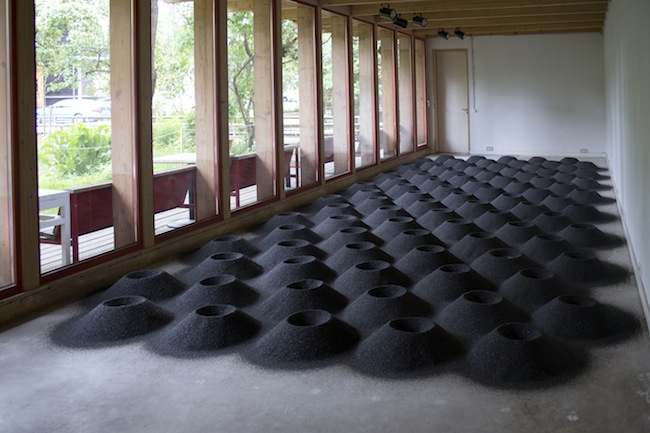
Pascal Broccolichi (France). Table d'harmonie. 2014
During our conversation in the Kalnciema iela Gallery, we watch as the French sound artist Pascal Broccolichi puts together his meticulous “Table d'harmonie”; made from black mica dust, setting it up requires painstaking precision. The adjacent apple orchard, which the May rains have imbued with a poisonous shade of green, wonderfully contrasts with the volcano-black craters that will be subjugated to sounds created in the depths of the Daugava River. One must concur with Gailītis that in this case, even the white gallery is not neutral.
What makes “Skan II” unique – what is the concept behind it all?
At the core of this year's festival was an unwillingness to go into galleries, but rather, an interest in taking over spaces that have a special atmosphere; and to bring this to the forefront, since sound art is not linked to time, but to a space. Underlying the festival is the wish to indirectly remind people of the old wooden house architecture of Riga, and to bring more attention to it.
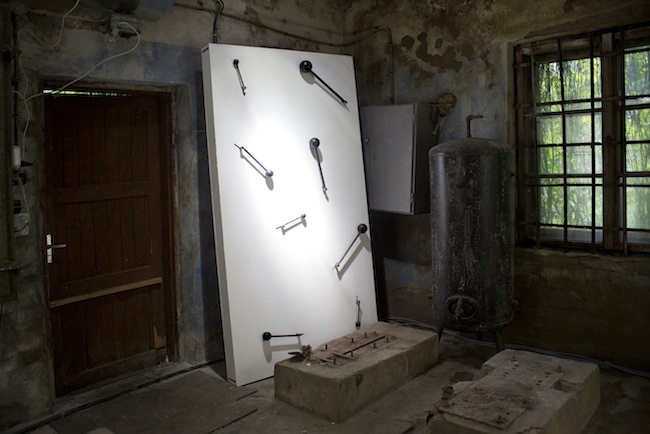
Work of Thomas Rutgers, Jitske Blom (Netherlands)
Why is wooden architecture so important to you?
All cities are made up of many layers of architecture, and any one of these stages of development are important. It is hard to imagine Riga without these historical buildings. I don't think that we should be taking this historical architecture for granted because many buildings right now are in total disrepair. We shouldn't forget that many foreign visitors come to Riga specifically for the architecture.
Can we expect this festival to take place yearly?
The first “Skan” festival took place in 2007, in the “Chickory and Macaroni Factory”. This time interval indicates that we don't want to hold it too often because it takes a lot of work, a lot of time, and it's expensive.
But as “Riga 2014” approached, we understood that this would be a good time to bring this project to life again since there would be a good opportunity for getting financial support for it. I believe it is important that people have a notion of what is happening on the boundary that lies between the fields of music and the visual arts. Especially because it is so rarely presented. There also aren't that many artists that work like this because this sort of art requires a multi-layered, technical and creative understanding of sound art, acoustics and visual art. But it's worth it just to show this challenging and complex art and music movement.
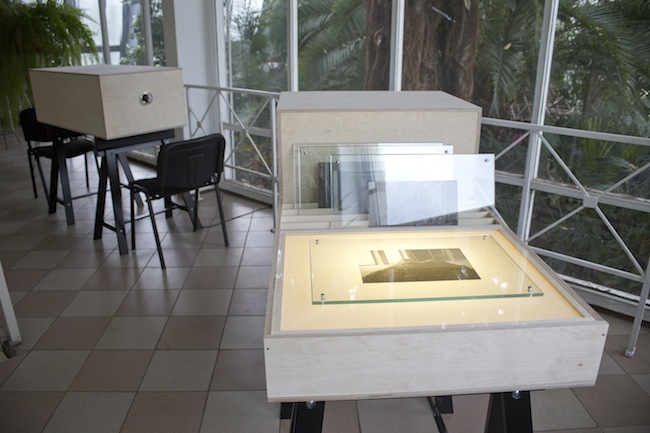
Work of Signe Lidén (Norway)
How did you select the venues for this year's festival?
Getting access to wooden buildings is a complex process, and that is why the festival is concentrating on a limited number of venues – but the artworks will be changing on a monthly basis.
Latvian artists are also participating in the festival. Could you tell us about their works?
The RIXC artists Rasa and Raitis Šmits will be participating with an interesting idea about an organic battery that will be displayed in the pond of the Botanical Gardens during the second part of the festival. It's a very good environment in which the battery can organically grow and multiply. This artwork serves as a clearly visible example of transition from nature to the world of technology.
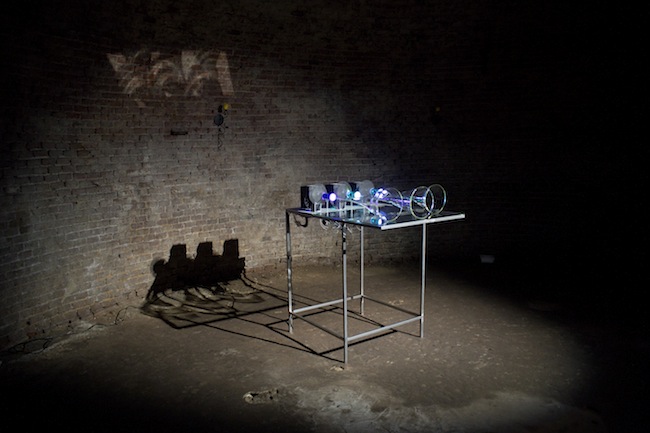
Aernoudt Jacobs (Belgium). Photophon #1. 2013
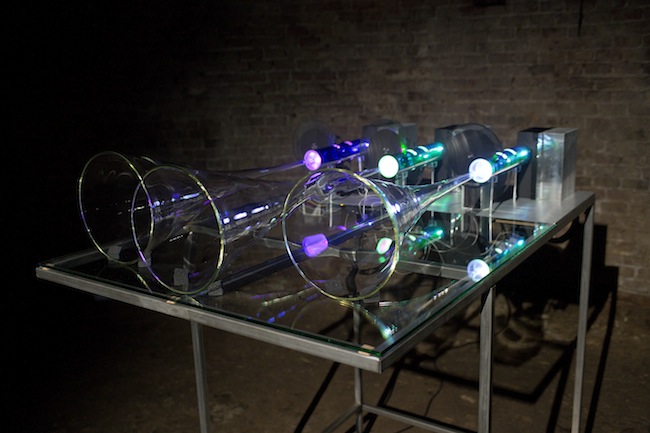
Also taking part will be two of the most active artists in the field of sound and visual art – Evelīna Deičmane and Voldemārs Johansons. Evelīna is more of a narrative artist, while Voldemārs is more technically inclined. They are, in my opinion, at the top of this field in Latvia.
Voldemārs Johansons will be presenting his work “Opus38”, from the series “Stāvviļņi” (“Stationary Waves”), in the old Wolfschmidt manor-house. It's an installation (variations on an organ) in which sound is influenced by the natural physical process, resulting in unique sound effects.
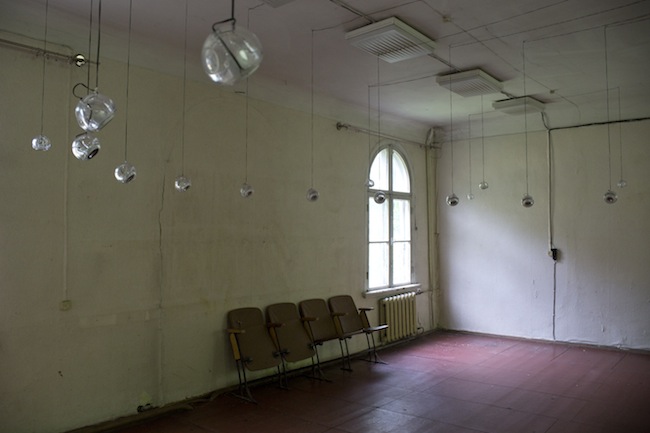
Peter Bogers (Netherlands). “Untamed Choir”. 2013
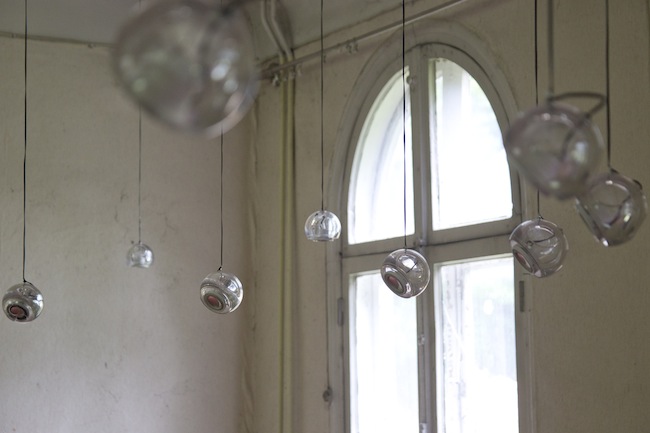
Evelīna Deičmane's work is directly linked to the “Skan II” theme of wooden house architecture. It's an audio-guide that includes several wooden manor-houses on Riga's left bank.
How did you go about selecting spaces and adapting them to the artworks?
Going into spaces unsuitable for showing art was a challenge. But on the other hand, this sort of environment is quite suitable – it may be technically more difficult to achieve, but if you do achieve it, the results are worth it. The works are mixed in that most of them were created specially for the festival, but a part of them were older works for which we had to find a corresponding environment. Deičmane's work, for instance, is the one most closely linked with its space as it emphasizes the importance of wooden architecture. Artworks created for a specific space will be on view during the festival's second and third parts.
How would you characterize the Botanical Gardens as a concert hall – what is its potential, its advantages?
Rather extensive preparatory work was necessary; this environment doesn't conform easily – that is, if you don't count the obliging management of the Botanical Gardens. For instance, it is undoubtedly challenging to make usable a cellar that is very damp and in which bugs tend to crawl into the fragile equipment. Of course, you can't expect anything more from an 18th-century wine cellar! There are many aspects that make this process interesting; for instance, when the artists saw the old laboratory rooms, they didn't even want to touch them because they saw them as a work of art in themselves! The blanket of time adds something that gives a place a certain aura; it's not neutral. A background of antiquity gives the atmosphere a certain modesty and unpretentiousness that is inviting. In sound art, it's not only the work that speaks – the space is also given a voice, and that creates a beautiful interplay.
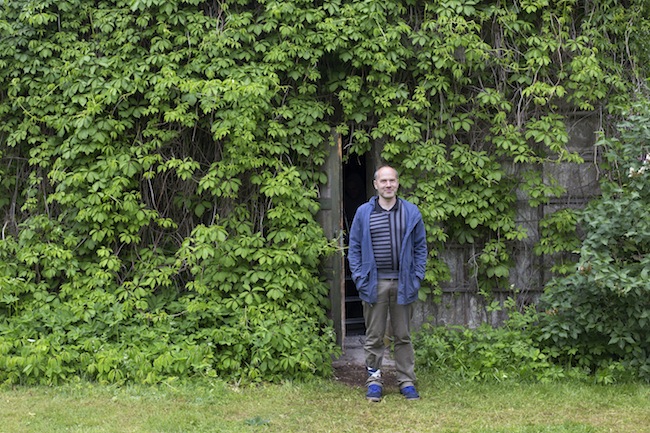
Photo: Kristīne Madjare
What other places are there in Riga that would be conducive to sound art exhibitions?
The former heavy industry factory (“Mašīnbūves rūpnīca”) was very beautiful place – an industrial cathedral! The Chicory Factory is interesting, as is the Kalnciema iela neighborhood. Nevertheless, I wish that there weren't so many of these abandoned places – it would be better if some of them would be cleaned up and made into quality environments, and not just remain exotic platforms for “underground” contemporary art.
How would you describe the spectrum of artworks in “Skan II”?
The festival encompasses a broad approach. There will be works that require well-developed listening skills. There will be several classic, sculptural works or sound sculptures, in which the space will interact with sound. In addition, there will be social works on the theme of language and reproductions of a dying language that consists of whistling. Every part of the festival will be presenting an eclectic program.